Changing your hair color is exciting! But have you ever stopped to think about what’s happening to your hair…and the planet? In our last blog, we revealed some nasty ingredients to avoid in hair dye. Today, we’re diving deeper.
Remember, dyeing isn’t just a fresh look – those chemicals alter your hair’s structure. Think of ingredients like ammonia and oxidizing agents as tiny wrecking balls, leaving your hair weaker and more prone to damage.

But what about the Earth?
Hair dye doesn’t just affect you. The chemicals used, and the waste from the process, can have a lasting impact on the environment.
Ready to learn more? Let’s explore the true cost of conventional hair dyes and discover healthier, more sustainable ways to get the color you crave.
The Price Your Hair Pays
As discussed in our last blog, the dyeing process, with its oxidising agents and ammonia, destroys your hair’s structure. It leads to the hidden toll conventional hair dyes take on your precious waves and overall health.
From harsh chemicals to potential allergic reactions, the risks are real and often overlooked for new hair color. The potential damage to hair follicles and scalp irritation, as well as the risk of even more severe health complications like Contact Allergy, Respiratory Sensitisation, Reproductive Toxicity, Thyroid Hormone Synthesis Disruption, Various Cancers, and Childhood Tumours, means that the risks associated with chemical hair dyes are not to be taken lightly.
But let’s zoom in a bit closer and explore the specific toll these dyes can take on your hair.
- Strips Away the Natural Oils
With every application of chemical dye, your hair strands absorb a flood of synthetic compounds, stripping away natural oils and leaving behind a brittle, weakened condition. Over time, this repetition can lead to dryness, breakage, and even hair loss, leaving you trapped in a vicious cycle of damage and repair. - Disrupt the Scalp’s Microbiome
Moreover, the harsh chemicals in conventional hair dyes can disrupt the delicate balance of your scalp’s microbiome, leading to dandruff, itching, and inflammation. You pay the price not just for the temporary thrill of new hair colour but also for your long-term health and vitality.
But even more alarming is that the damage doesn’t stop there. It extends far beyond your hair & human health, touching our environment. Every time you reach for that bottle of chemical hair dye, you’re not just changing your appearance; you’re contributing to a much larger problem.
The Price Our Planet Pays
As we’ve explored the toll chemical hair dyes take on our health, it’s time to turn our attention to the broader consequences these products have on our planet. The environmental price of conventional hair dyes is high, from the toxic ingredients used in their production to the pollution they generate throughout their lifecycle.
- Toxic Ingredients:
Chemical hair dyes often contain harsh ingredients, including para-phenylenediamine (PPD), ammonia, resorcinol, and more. These chemicals are risky to human health and harm the environment as well. During manufacturing, these toxins can leach into the air and water, contaminating ecosystems and endangering wildlife and human communities. Moreover, the disposal of leftover dye and packaging further contributes to pollution, adding to the burden our planet already bears. - Water Pollution:
One of the crucial environmental concerns connected with chemical hair dyes is water pollution. From the outflow generated during production to the countless rinses down our drains during personal use, these dyes introduce a mixture of pollutants into our waterways. This pollution can destroy aquatic life, disrupting ecosystems and endangering the health of fish, plants, and other organisms. Additionally, accumulating these chemicals in our water sources poses risks to human health, as they can find their way back into our drinking water supply. - Broader Impact:
However, the environmental impact of chemical hair dyes extends beyond just toxic ingredients and water pollution. The production process requires significant energy, contributing to greenhouse gas emissions and climate change. Additionally, the packaging used for these products often ends up in landfills, adding to the ever-growing mountain of plastic waste that burdens our planet. Most concerning of all is the fact that many of these synthetic dyes are not biodegradable, meaning they stay in the environment long after their intended use, further worsening the problem.
Now, let’s explore the Environmental Impact of Chemical Hair Dyes through the cycle of production, packaging, usage & disposal.
- Production:
Think about the journey every chemical hair dye takes from factory to shelf. Behind the scenes, the production process has a heavy environmental impact. From generating harmful chemical byproducts to contributing to deforestation, producing chemical hair dyes isn’t as pretty as the colours they promise. Plus, let’s remember those synthetic dyes derived from petrochemicals, which are not precisely eco-friendly either. - Packaging:
Now, let’s talk packaging. While keeping your hair dye safe during shipping and storage is essential, the materials used have their own issues. Plastics, aluminium foils, all have their tradeoffs. Plastics stick around forever, aluminium requires loads of energy to make. - Usage:
When you apply chemical hair dyes, you’re not just changing your hair colour but also introducing chemicals into our waterways. The wastewater from dyeing our hair contains all sorts of toxins, from residual chemicals to aromatic amines that are potentially toxic and carcinogenic. Even after water treatment, significant amounts of these chemicals can still pass through, creating a toxic mixture in our rivers and streams. - Disposal:
Finally, let’s discuss what happens to those leftover hair dye bottles. Unfortunately, most of them end up in landfills, where the toxic chemicals they contain can leach into the soil and groundwater. Even treated wastewater from salons can degrade water quality and harm aquatic life because of heavy metals like copper and lead. Plus, the small-scale use of hair dye at home makes recycling challenging, so most bottles just end up adding to the landfill problem.
As we reflect on the environmental risks of chemical hair dyes, it becomes clear that the price our planet pays is far too high. But by raising awareness, making sustainable choices, and embracing sustainable alternatives, we can lighten the burden on our planet and make the way for a greener, healthier future. Join us as we dive deeper into the world of eco-friendly hair colouring and discover the beauty of a more sustainable approach.
The Natural Alternative
Let’s explore the brighter, greener alternatives waiting to be discovered.
Amidst the concerns and risks posed by chemical hair dyes, there shines a ray of hope: the natural alternative. Natural hair colours are made from gentle, plant-based ingredients and offer a safer, more environmentally friendly way to achieve the vibrant shades we crave.
So, how exactly are natural hair colours made? Unlike the chemical ones, which rely on synthetic dyes derived from petrochemicals, natural hair colours have the power of nature’s own pigments. Ingredients like henna, indigo, cassia, and amla are carefully selected and blended to create beautiful shades, from rich browns to deep blacks.

However, the benefits of natural hair colours go beyond their ingredients. Unlike chemical dyes, which can strip natural oils from hair, leaving it dry and brittle, natural hair colours nourish and strengthen it. Ingredients like henna have been used for centuries to colour hair and promote healthy growth and shine.

And let’s remember the environmental benefits. Because natural hair colours are made from plant-based ingredients, they have a much smaller ecological footprint than chemical hair colours. From production to disposal, natural hair colours are kinder to the planet, minimising pollution and reducing our dependence on fossil fuels.
But the most significant benefit of all is peace of mind. With natural hair colours, there’s no need to be concerned about exposing yourself to toxic ingredients or contributing to environmental degradation. Instead, you can enjoy vibrant, long-lasting colours that are as gentle on your hair as on the planet.
Making The Switch
You’ve read about the risks of chemical hair dyes, explored the environmental impact, and learned about the natural alternative. Now, it’s time to take the next step: switch to a healthier, more sustainable way of colouring your hair.
Where To Start:
You can make the switch gradually. Small changes can make a significant impact, both for your hair and our planet. Here are a few simple steps you can take to start your journey towards more mindful hair colouring:
- Reduce Dye Frequency: Instead of colouring your hair every few weeks, consider extending the time between treatments. It will give your hair a break from harsh chemicals and help reduce the environmental impact of dye production and disposal.
- Embrace Root Touch-Ups: If you need more time to give up chemical hair dyes altogether, consider focusing on root touch-ups rather than colouring your entire hair, which will help minimise exposure to chemicals while keeping your hair fresh and vibrant.
- Opt For Natural Highlights: For a subtle change that’s gentle on your hair and the planet, why not try natural highlights? Natural alternatives can add depth and dimension to your hair if you want to lighten your hair colour or highlight it with henna
By making these small changes, you can take meaningful steps towards a healthier, more sustainable approach to hair colouring. And who knows? You might discover that embracing your natural beauty is more rewarding. So, why not start making the switch today? Your hair and our planet will be thankful to you for it.
So, if you’re ready to switch to a healthier, more sustainable way of colouring your hair, why not try natural hair colours? With their gentle ingredients, beautiful shades, and environmental benefits, they offer a truly natural alternative to chemical dyes. Join us as we embrace the beauty of nature and discover the joys of natural hair colouring.
Conclusion
As we come to the end of our journey through the world of hair colouring, it’s essential to reflect on our newfound understanding and consider the choices we make moving forward. So, what’s the takeaway here? Throughout this blog, we’ve explored the risks and concerns associated with conventional chemical hair dyes. While they may provide the colour you crave, they also come with a significant health & environmental cost. From harmful ingredients to pollution, the arguments against these products are clear.
But we’ve also discovered a brighter alternative: Natural Hair Colours. Crafted from gentle, plant-based ingredients, they offer a safer, more ecological way to achieve beautiful hair colour without compromising health or sustainability. By making more mindful choices and opting for these natural alternatives, you can do your part to lessen the burden on our planet while prioritising your well-being.
As consumers, you have the power to align your choices with your values for personal and environmental health. Whether you choose natural alternatives, reduce dye frequency, or embrace eco-friendly practices like root touch-ups and natural highlights, every decision you make contributes to a healthier, more sustainable future.
So, the next time you reach for that familiar bottle of chemical hair dye, consider the broader impact of your choice. The price your hair & health pay is just the beginning; our planet shares the burden. But relax, for there is hope. You can protect yourself and the environment by exploring natural alternatives and making more informed choices. Let’s create a world where beauty is rooted in health, sustainability, and respect for the planet we call home.





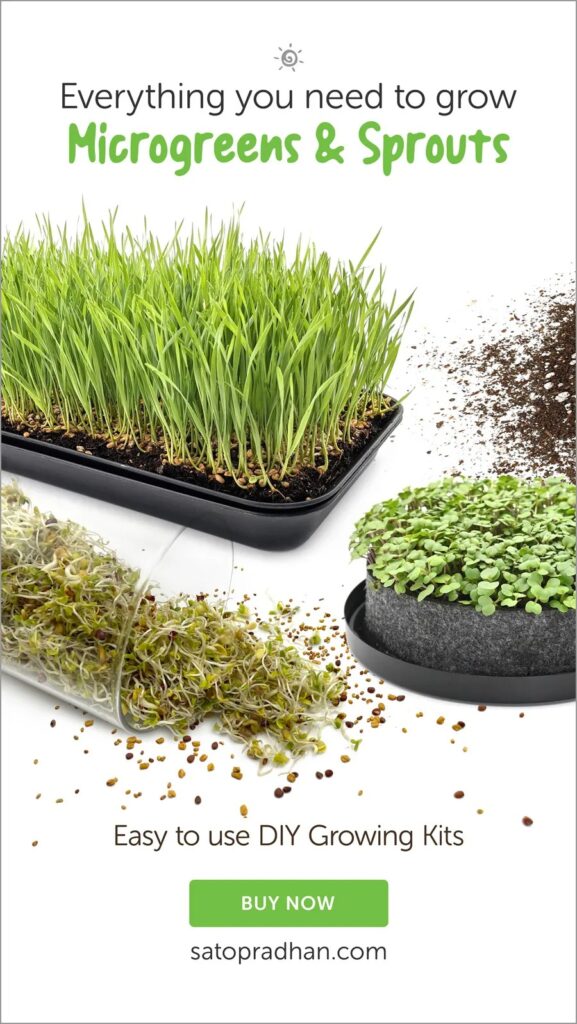
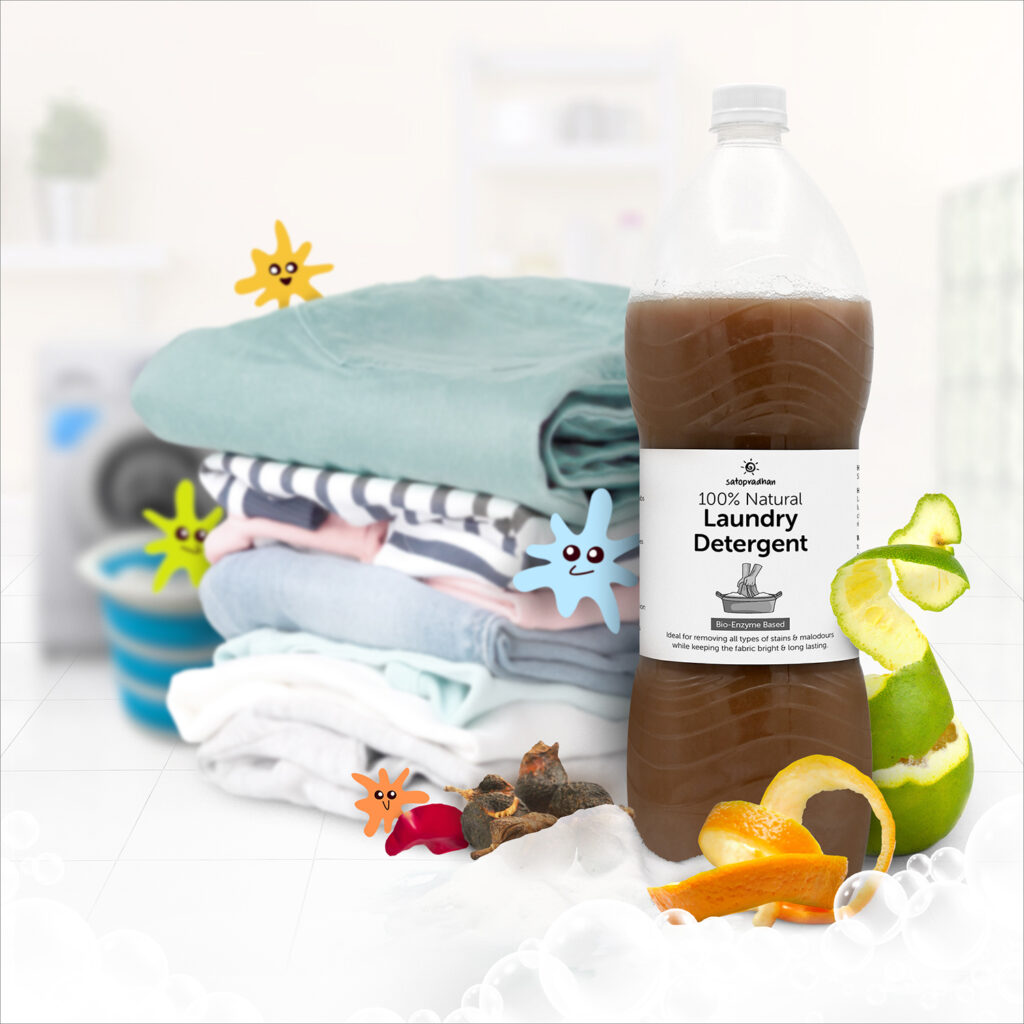
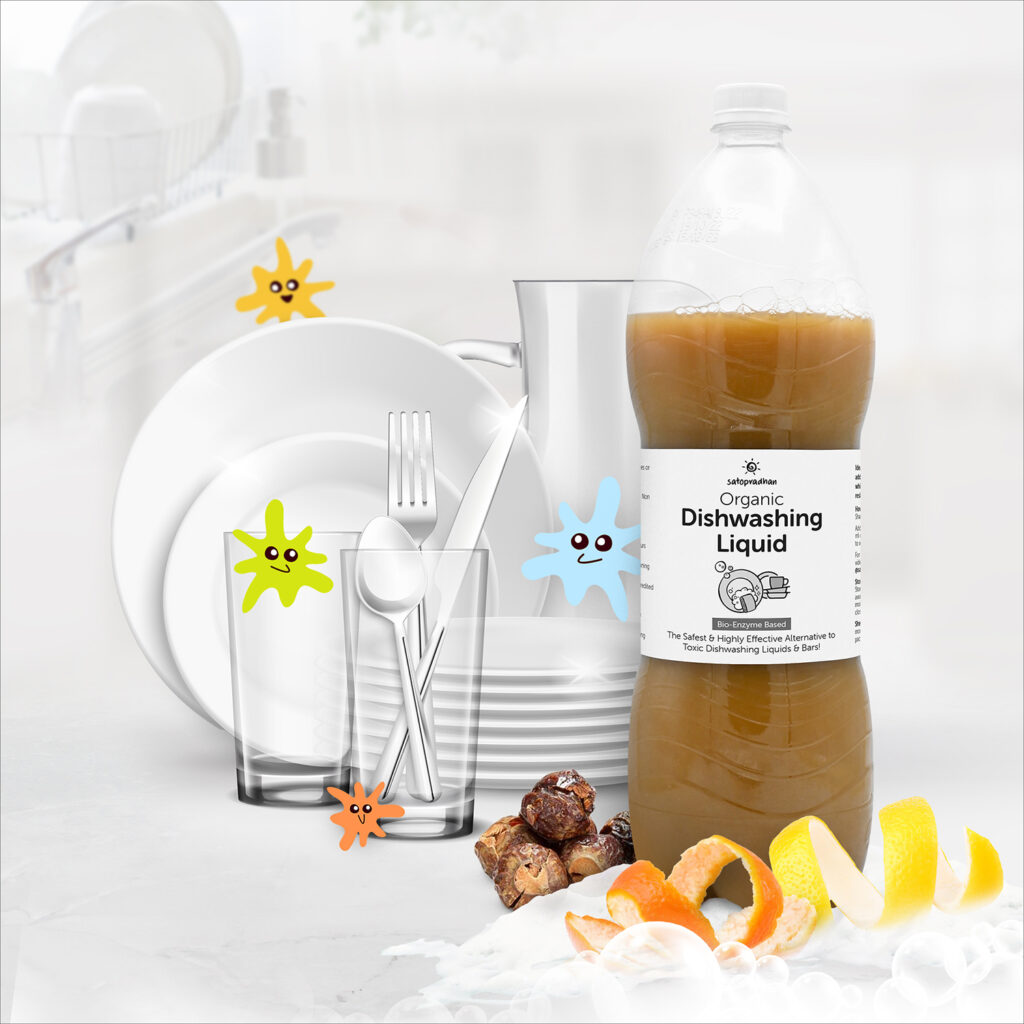
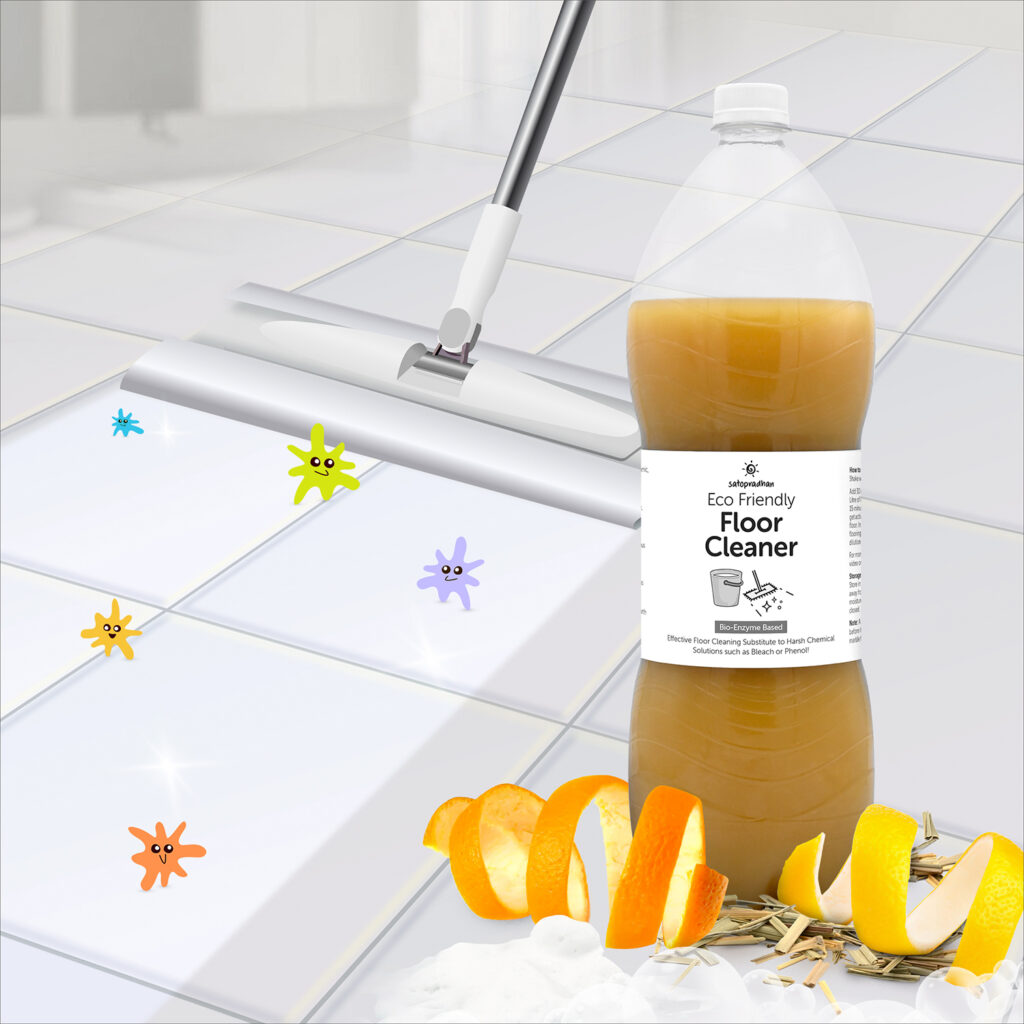
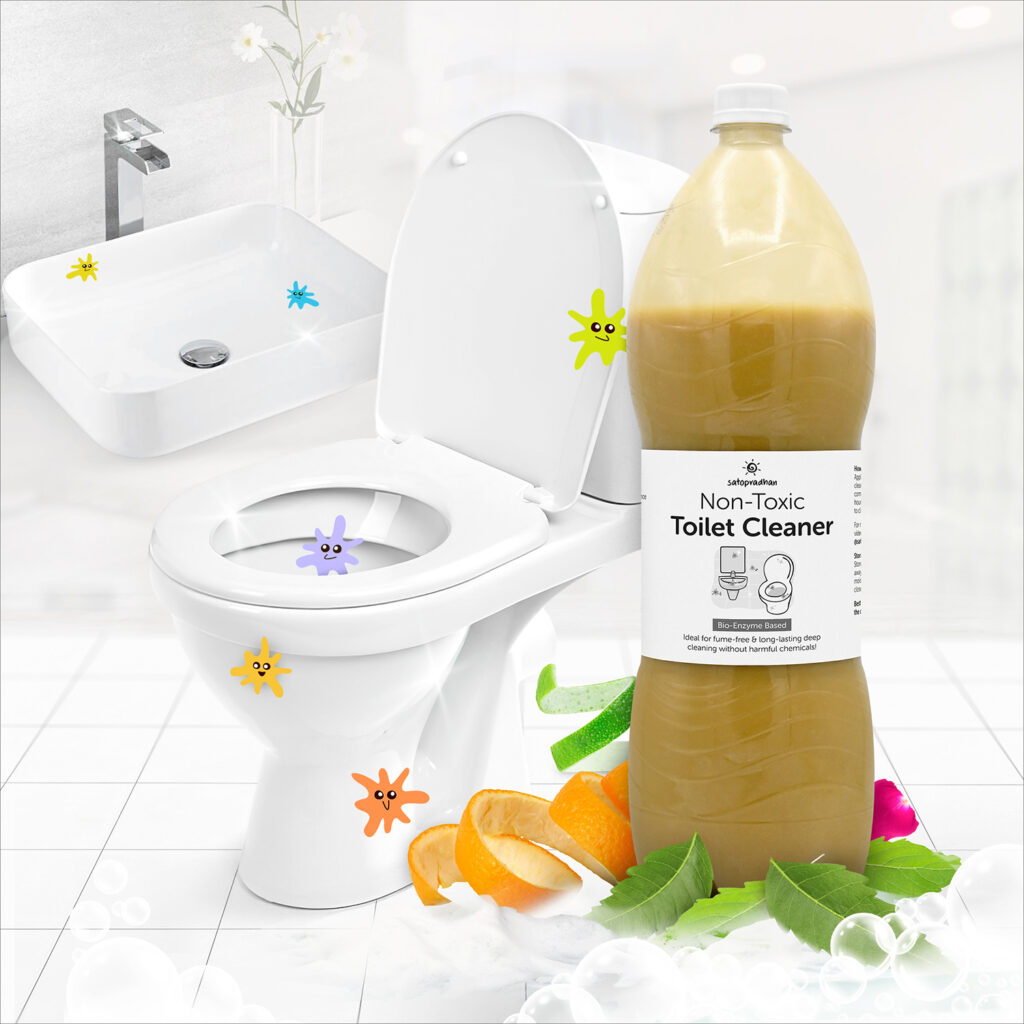

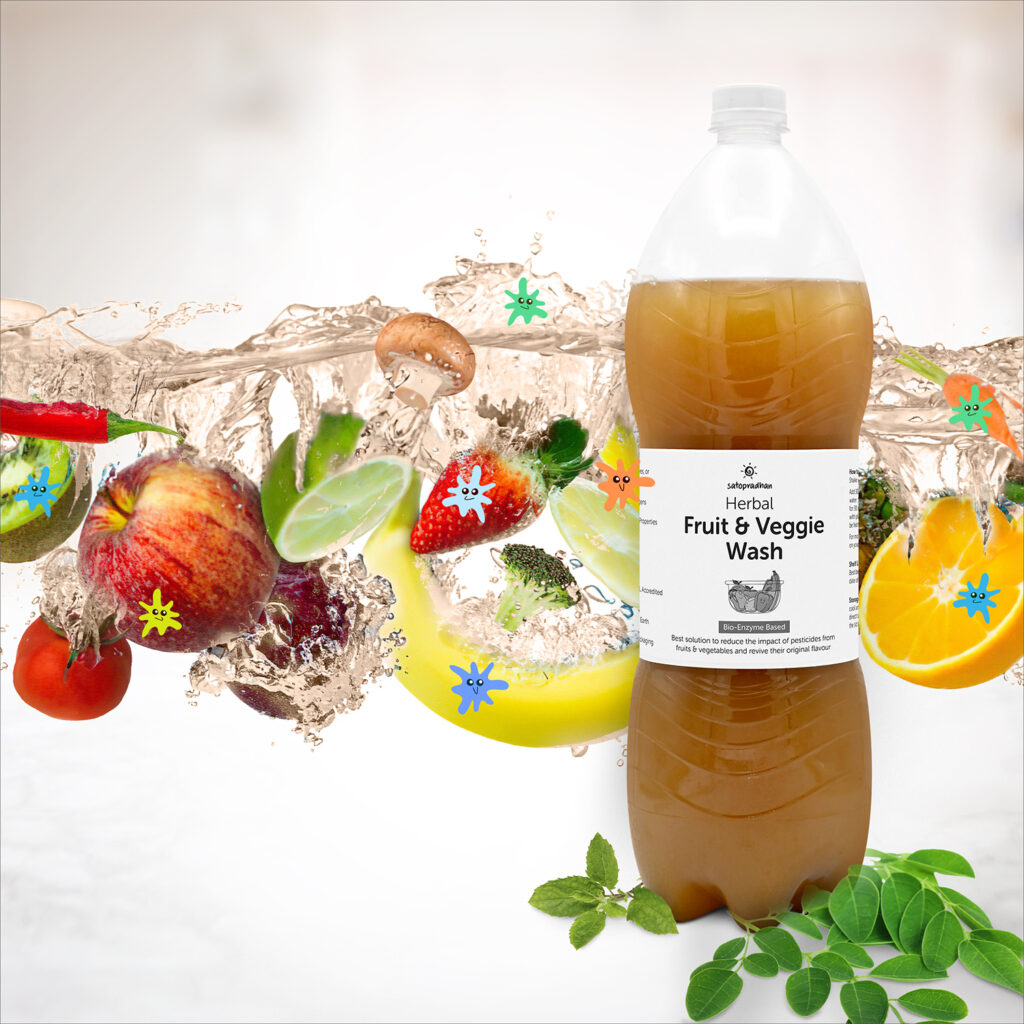
No Comments